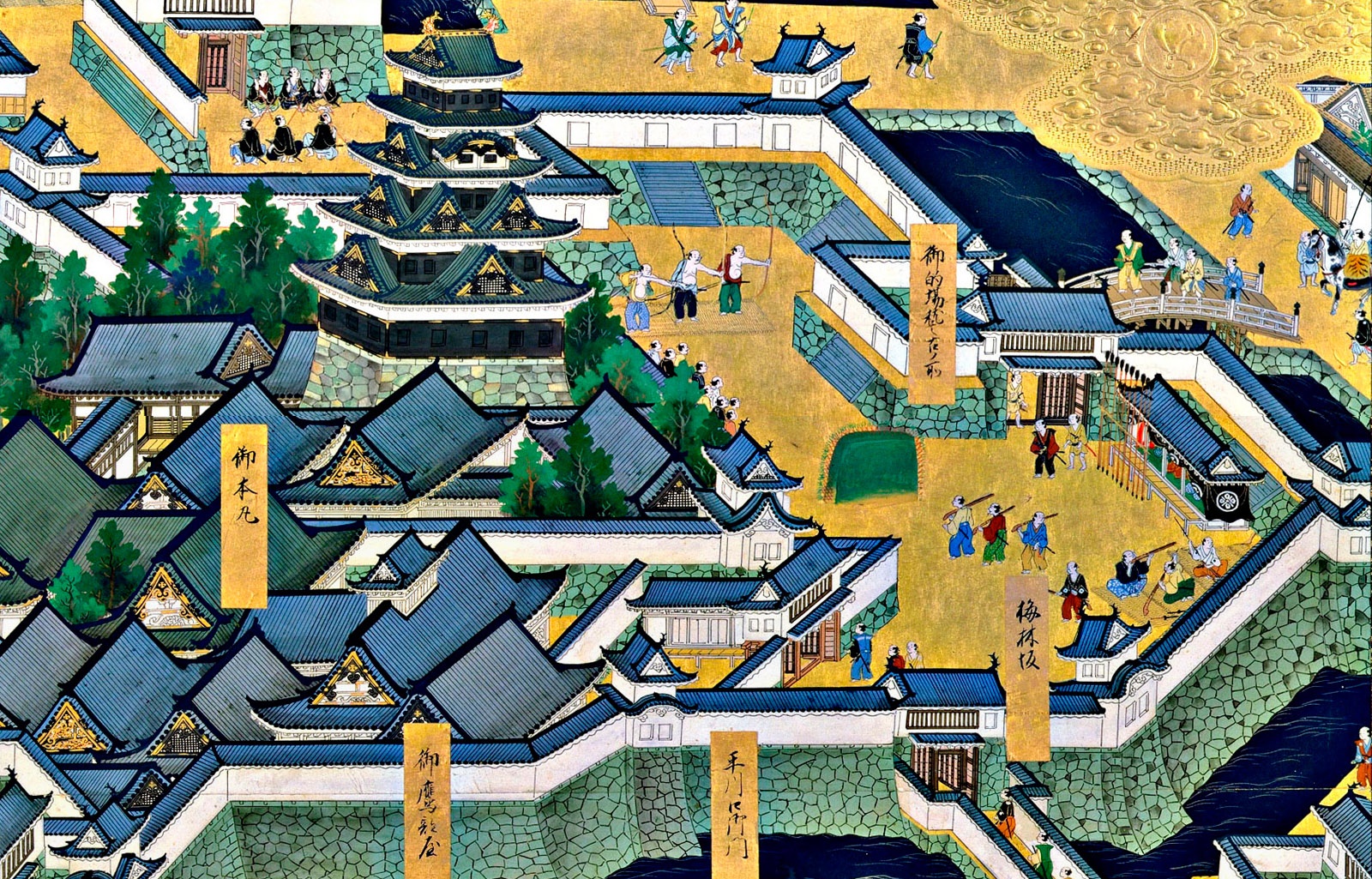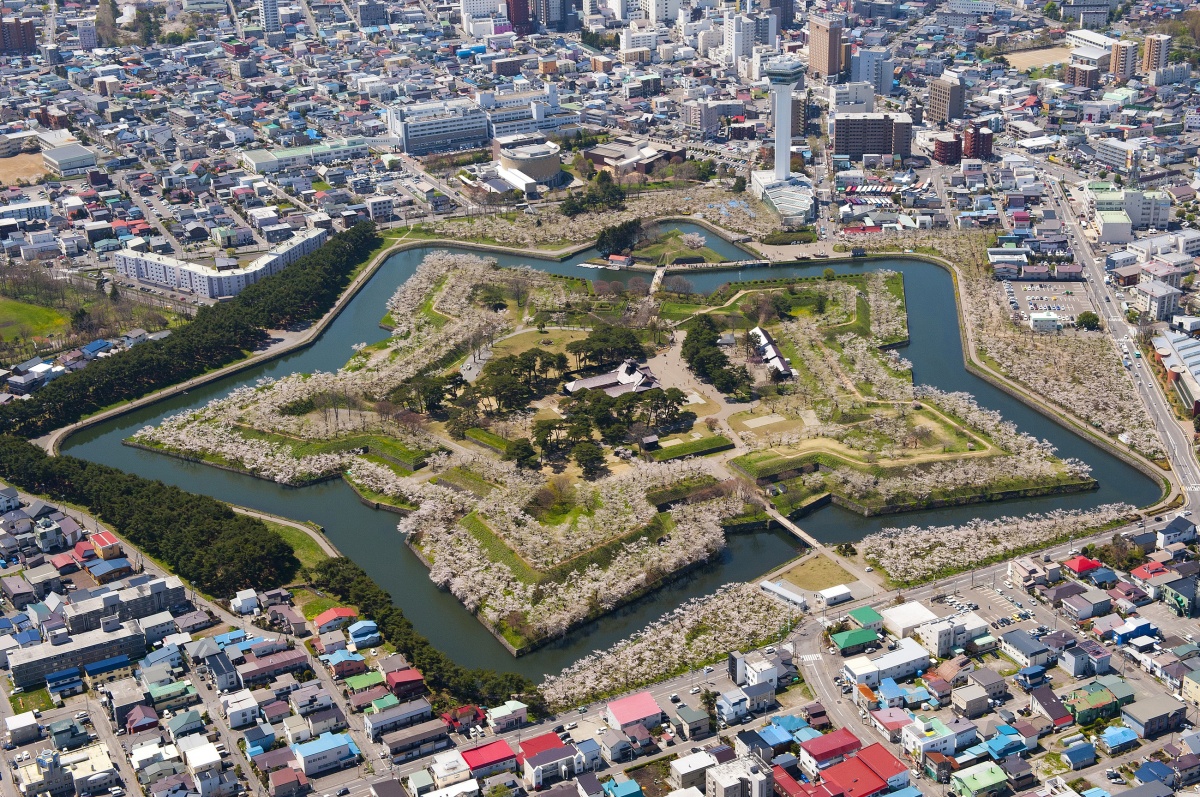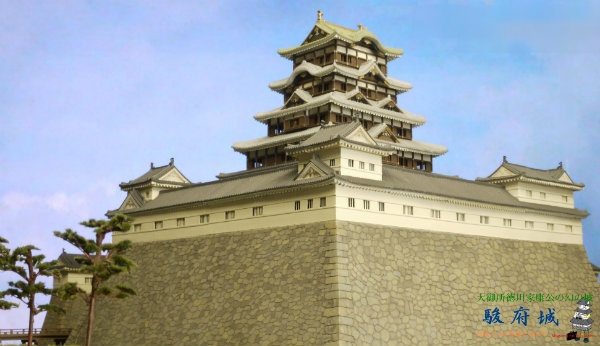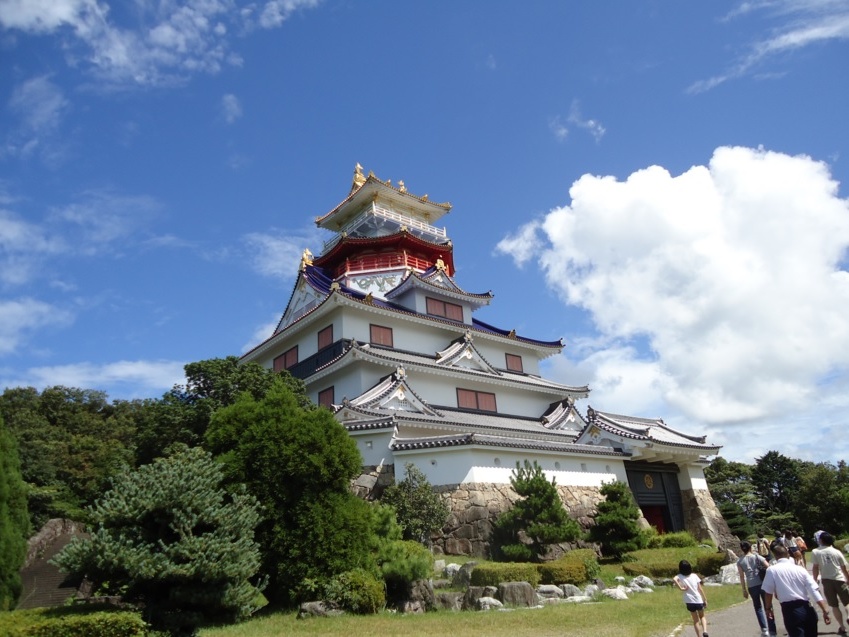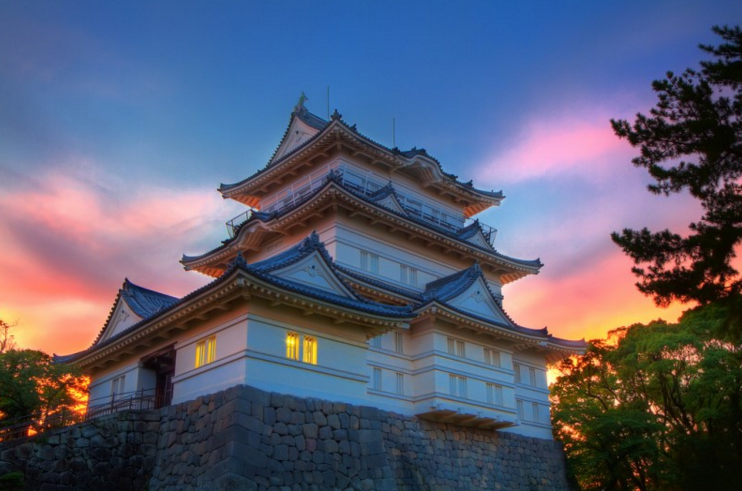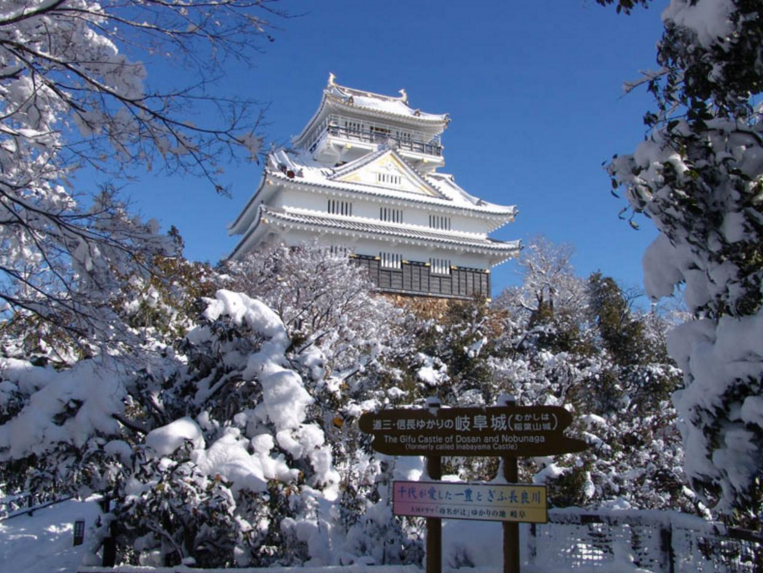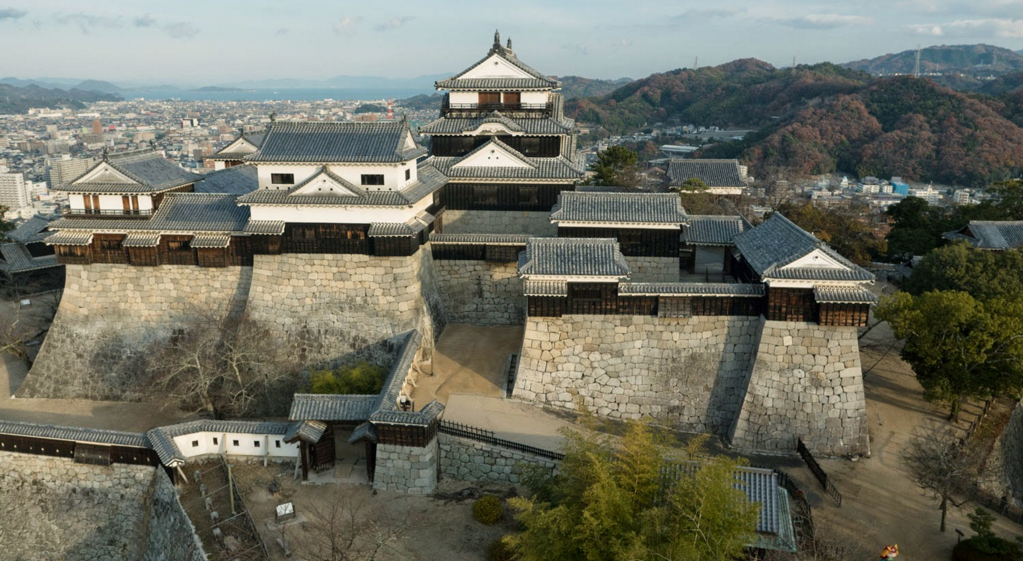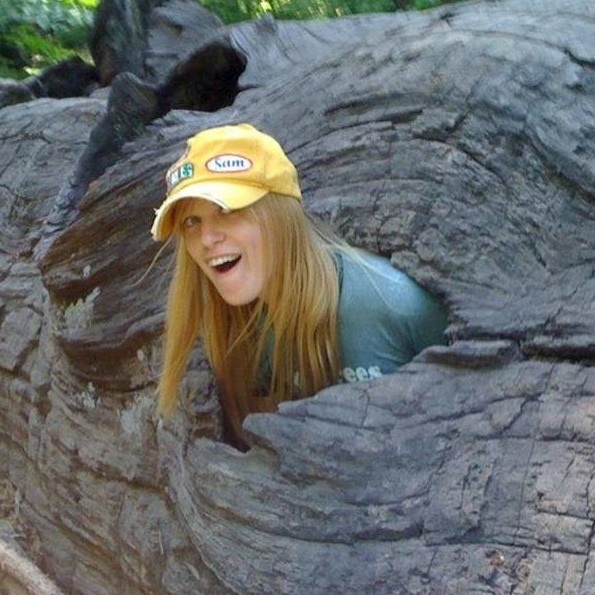7 Incredible Events at Japanese Castles
Now known for their serene beauty and museum displays, it’s easy to forget that Japan's castles were often the sites of some serious action—as well as some incredible stuff you have to read to believe!
By Ellery Smith7. Goryokaku Fort: The Republic's Last Stand
Well known for its Mario-esque, star-shaped layout, Goryokaku Fort was designed by an architect named Takeda Ayasaburo, who utilized the unique star shape in order to reduce the number of blind spots a cannon could hit, taking inspiration from latter-day Western fortifications.
In 1868 to 1869, it was here that forces loyal to the Tokugawa Shogunate would make their last stand against the forces of the Meiji Restoration in the Boshin War. Military commanders loyal to the shogunate declared Hokkaido an independent republic (the Republic of Ezo), and a Franco-Japanese force worked to defend the new republic from Goryokaku Fort, which had just been completed in 1864.
The Naval Battle of Hakodate (May 4-10, 1869) was Japan's first large-scale naval battle between modern navies, with ships from the British and French navies (the HMS Pearl and the Coëtlogon, respectively) standing by neutrally. As the tide turned, Ezo's French advisors escaped to the Coëtlogon, and on June 27, Enomoto Takeaki, leader of the shogun's navy and president of the republic, was finally convinced to lay down his arms and surrender. He would later serve as Japan's minister of education.
6. Sumpu Castle: Economic Sinkhole
During Tokugawa Hidetada’s reign as the second shogun of Japan (1605-1623), things were not as they seemed. In fact, a shadow government led by his father, Tokugawa Ieyasu, allowed the powerful elder Tokugawa to manipulate and control the nation's daimyo.
Using Sumpu Castle as his base of operations, in 1607 Iyeasu ordered daimyo across the land to fortify his supposed "retirement castle" with a triple moat system, keep and palace, thereby draining his rivals’ resources and keeping them from starting any trouble. When the castle burned down in 1610, Iyeasu again ordered the daimyo to rebuild it, only this time he demanded a seven-story donjon, or main keep (the impressive model above is just six stories, though).
Tokugawa Ieyasu died in 1616 at the ripe age of 73. While Sumpu Castle remained the seat of government for the surrounding domain, nobody bothered to rebuild the ridiculously oversized donjon when it burned down along with much of the castle in 1635.
Today, only some of the outer stone walls and moats remain, though the Higashigo-mon Gate and Tatsumi-yagura Turret have been reconstructed based on their designs in 1638, when they were rebuilt after the fire.
Of course, if you're fortunate enough to visit in early November, don’t miss the largest outdoor street performance festival in Japan, the Daidogei World Cup! We doubt much shadow governing is going on behind the scenes of this event, but given how his predecessor, Toyotomi Hideyoshi, decided to conduct his siege of Odawara Castle (below), perhaps the old shogun would approve?
5. Azuchi Castle: Flash in the Pan
Built by Oda Nobunaga, the first of the three daimyo credited with unifying Japan in the 16th century, Azuchi Castle was said to have been one of the most breathtaking Japanese castles ever constructed. Built from 1576 to 1579, it was as much a palace as a military fortification, with massive stone foundations, brightly painted walls, and a seven-level, 42-meter (138-ft) central tower, or tenshu.
But Akechi Mitsuhide, one of Oda Nobunaga’s generals, betrayed him at Honnoji Temple in Kyoto on June 21, 1582. Akechi's forces then looted the newly completed Azuchi Castle and it burned down. It had stood for a mere three years, but its design and political relevance gave the Azuchi-Momoyama Period (1573-1600) half of its name.
You can still see the castle’s impressive stone foundations by Lake Biwa, just north of Kyoto. But thanks to the Ise Azuchi-Momoyama Bunkamura theme park in Mie Prefecture, you can explore a speculative reconstruction (pictured above), including Azuchi Castle’s unique octagonal fifth floor. The park also hosts a ninja theater, opportunities for samurai cosplay and archery games.
And if you want to get really immersive, Minecraft allows you to explore a more thorough reconstruction!
4. Odawara Castle: Party Central
The site of Odawara Castle was first fortified by the Doi Clan around the end of the 12th century. This was expanded on by the Kobayakawa Clan, and finally transformed into a truly formidable castle by the Hojo Clan, a process that began when Hojo Soun established his residence on the site in 1495. The powerful Hojo would defend the castle for five generations, until Toyotomi Hideyoshi came knocking in 1590.
And when Hideyoshi came, he brought the party with him. Arriving at the end of a long campaign of conquest through the rest of Japan, the Hojo were the last major clan standing between him and control of all of the country. Instead of conventional use of brute force, however, Hideyoshi had a rather more extravagant plan: He set out to starve the defenders of the castle while concubines, prostitutes and even a mini-circus of acrobats, fire-eaters and jugglers entertained his 200,000-strong army just outside the castle gates!
After three months and next to no actual fighting, the Hojo Clan finally surrendered on August 4, 1590. Hojo Ujimasa committed seppuku (ritual suicide), and the castle was awarded to Tokugawa Ieyasu along with the eight provinces of Kanto held by the Hojo.
3. Gifu Castle: Conquered on a Lark
If you've seen the movie 300 or studied Greek history, chances are you've come across the Battle of Thermopylae, where a modest band of Spartan soldiers stood their ground against the massive army of the Persian Empire.
But did you know there was a time when a 16-man army overthrew one of the most impregnable castles in Japan? Takenaka Shigeharu (also known as Takenaka Hanbei) was a military advisor to Saito Tatsuoki, the young lord of what was then called Inabayama Castle. When Saito refused to take action after Hanbei was insulted by one of the castle's samurai, Hanbei came back with 16 men under the pretext of visiting his sickly brother. Once inside, he made an attempt on Saito's life. Convinced an army was attacking, cowardly Saito fled, leaving the castle in the hands of Hanbei.
So, what did Hanbei do with his castle? He ignored pleas from the warlords vying for control of Japan at the time, and gave it right back to Saito! Then Oda Nobunaga took it from Saito in more traditional fashion in 1567, giving it the present name of Gifu Castle.
2. Osaka Castle: National Turning Point
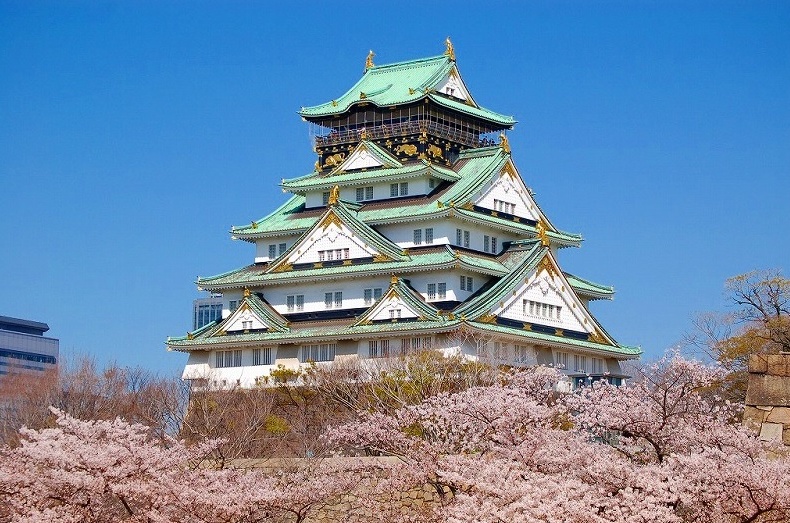
http://blogs.yahoo.co.jp/mkk277981/GALLERY/show_image_v2.html?id=http%3A%2F%2Fblogs.c.yimg.jp%2Fres%2Fblog-21-ac%2Fmkk277981%2Ffolder%2F612828%2F02%2F13780402%2Fimg_0%3F1270886273&i=1
Osaka Castle was the site of the two campaigns that would determine once and for all that the nation would be governed by the Tokugawa. While the Battle of Sekigahara in 1600 had essentially decided that Tokugawa Ieyasu would succeed Toyotomi Hideyoshi as ruler of the newly unified Japan, there remained the question of Hideyoshi's son, Hideyori, who was still living in the mighty Osaka Castle.
As Ronin unhappy with Tokugawa rule had been gathering at Osaka Castle by the tens of thousands, Ieyasu took a vague inscription on a temple bell dedicated by Hideyori as a cassus belli and attacked. The first siege, called the Winter Campaign, or Fuyu no Jin, began in November of 1614, seeing some 200,000 men descend on Osaka Castle armed with arquebuses and roughly 300 cannons.
Surrendering on January 22, 1615, Hideyori pledged not to rise in rebellion, and various defenses around the castle were dismantled. But ronin again began to rally around Hideyori, and his forces started trying to refortify the castle, thus leading to the Summer Campaign, or Natsu no Jin, in 1615.
This time Tokugawa Ieyasu (who was 72 and officially retired) came back with up to 165,000 men. Hideyori's commander, Sanada Yukimura, was killed, and though Hideyori himself was set to sally forth at the 11th hour, he ended up trapped in the central donjon (though some accounts say he rode out then had to ride right back in). Battered by artillery fire, on May 8 he committed seppuku alongside his mother. His body was never found, leaving legends of his survival to linger on.
The fall of the castle marked the end of the Toyotomi line and the beginning of 250 years of Tokugawa rule.
1. Matsuyama Castle: Shocker
Matsuyama Castle was constructed in 1603 by Kato Yoshiaki, a daimyo who had fought with Toyotomi Hideyoshi in the battle of Shizugatake in 1583, leading him to be known as one of the legendary Seven Spears of Shizugatake. As a spearman, it shouldn't be surprising, then, that his castle has quite a “shocking” history: on New Year’s Day, 1784, the castle's main tower, or tenshu, was struck by lightning and burned down. The current incarnation of the tenshu was built between 1820 and 1854, and the castle otherwise stands quite impressively as one of Japan's 12 original-construction castles.
Matsuyama is hardly alone in suffering lightning strikes, however. Roughly a dozen Japanese castles have shared this fate, including Kanazawa Castle (1602), Hirosaki Castle (1627), Nijo Castle (1750), and Osaka Castle in 1660, 1665 and 1783.


